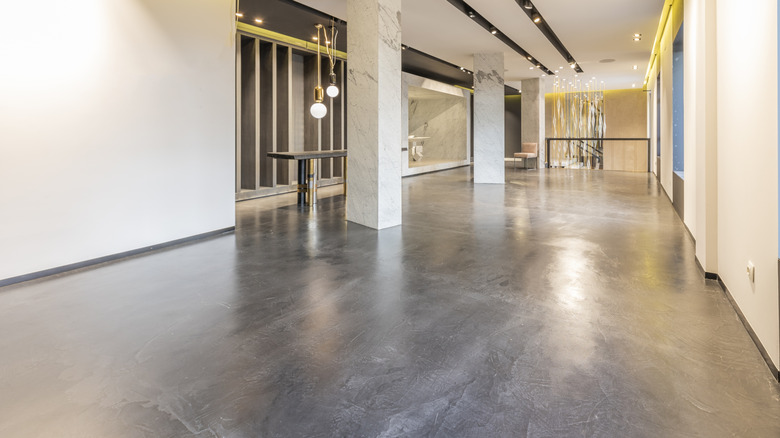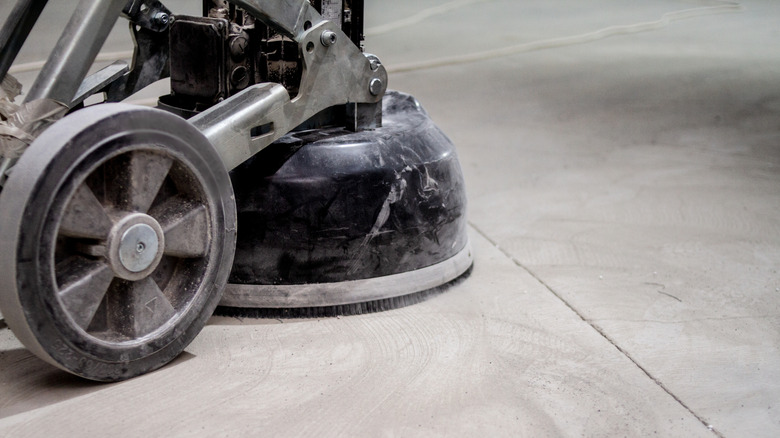Avoidable Mistakes Everyone Makes When Polishing Concrete Floors
Polishing your concrete floors can transform them from a dull, lifeless surface into a sleek, modern finish. This process not only makes them look stunning, but ensures your floors are durable, easy to maintain, and resistant to stains and moisture. However, achieving that perfect shine for your floors isn't always as straightforward as you might think. Many people, whether DIY enthusiasts or professionals, often make avoidable mistakes when polishing concrete floors, including not fully understanding grinding versus polishing, using the incorrect bond, and improperly using equipment, which can compromise the quality and longevity of your floor.
Grinding involves grinding the concrete's surface using coarse diamond segments to remove surface imperfections, and then you apply a topical sealer to protect it. This process is great for restoring the surface of concrete, but the topical is more prone to wearing off or being subject to damage. While polishing your concrete floors also involves grinding it down, you'll need to hone and then polish the floor using diamond segments. Polishing can take longer as you need more passes over the floor, but the result can be more aesthetically pleasing and durable. Grinding and polishing are separate processes, each with its own steps and purposes. By understanding and choosing the right process, especially if you're looking to polish your concrete floors DIY-style, you'll extend the life of your concrete, saving you time and money in the long run.
Avoid the wrong bond type and improper use of equipment
Choosing the wrong grit for the type of finish is another common mistake you'll want to avoid when polishing concrete floors. If you're going for a matte look, you'll skip this polishing step altogether. But if you want to finish off with a highly reflective and glossy look to your floor, you'll want to pick the right grit. You can choose between 800 and 3,000 grit, with 800-G making the concrete shine perfectly, and the higher level grits offering more reflection.
Using the correct bond for your concrete's hardness is also crucial for effectively polishing your floors. The bond refers to the material that holds the diamond segments in place on your tool. Using the wrong bond can lead to premature wear on your tools. For instance, you need soft bond for hard concrete to ensure the diamonds remain exposed and effective, whereas a hard bond is needed for soft concrete to prevent the tool from wearing out too quickly. To choose the right bond, you can use a Mohs hardness kit, which is a simple scratch test, to determine the hardness of your concrete floors.
Improperly using the equipment — like running the machine too fast or too slow — is a common mistake everyone makes when polishing concrete floors. Running the equipment too fast can cause the diamonds to overheat and glaze over, while running it too slow can make the job take much longer than it should. To avoid these mistakes, follow the manufacturer's guidelines for operating speed and pressure, and adjust the machine's settings to match the specific requirements of your project and the type of concrete you're working with.

